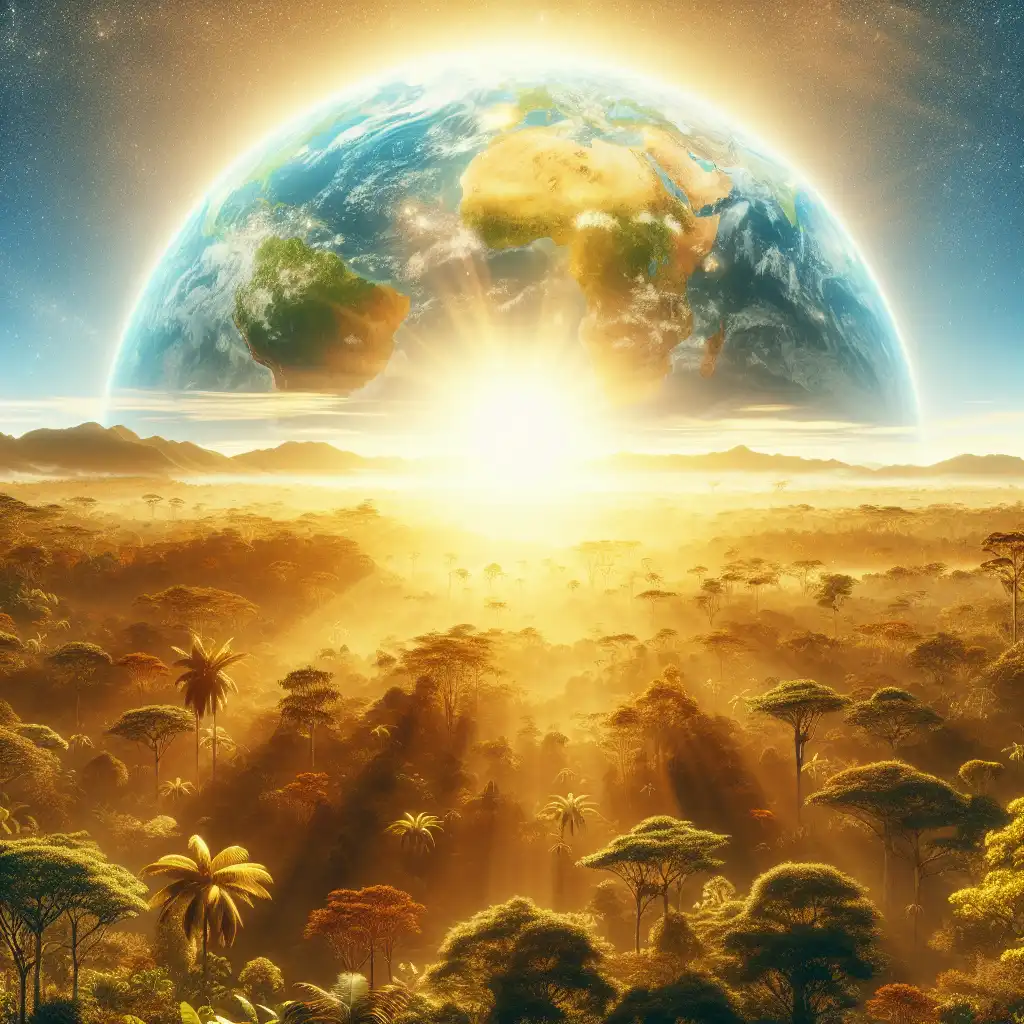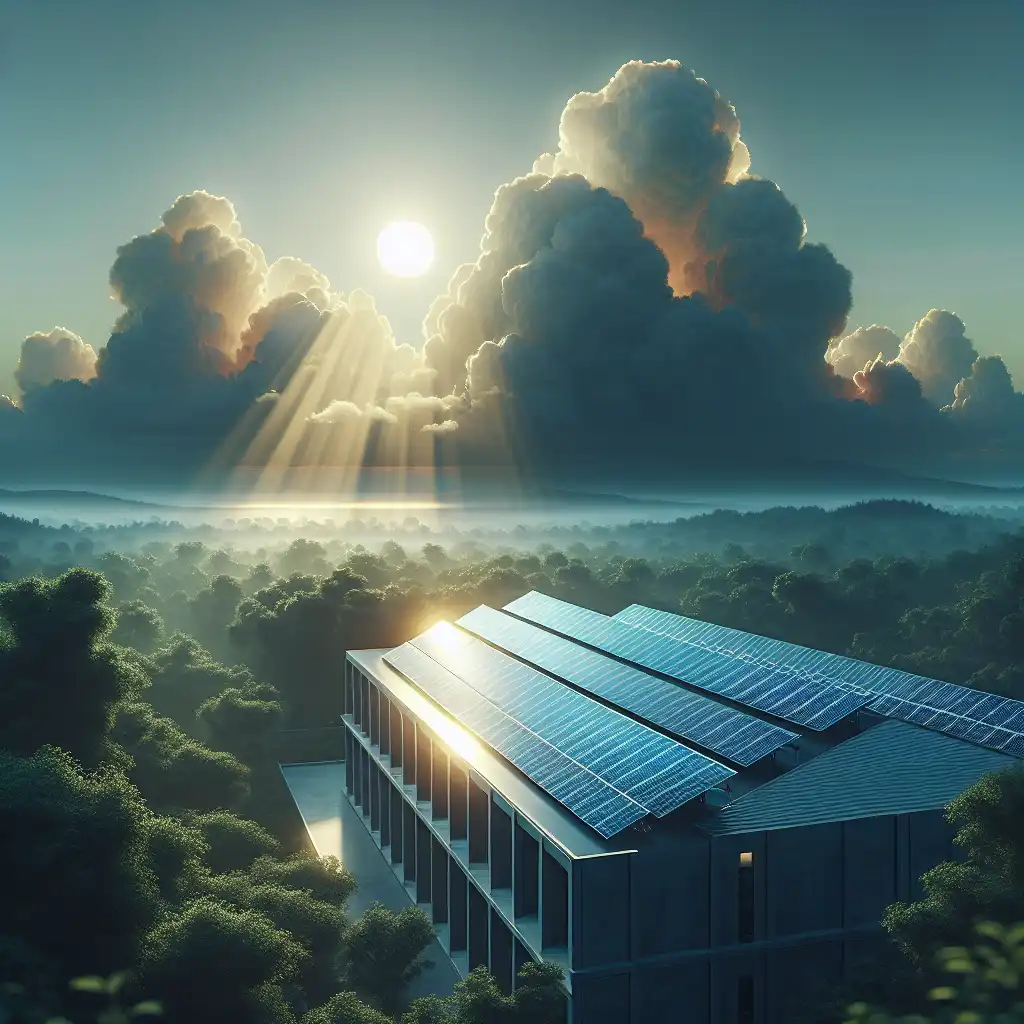
Insolation
Geographic Variation
Insolation varies by location; areas near the equator receive more than those near the poles.  The equator experiences intense insolation throughout the year.
The equator experiences intense insolation throughout the year.
Weather Impact
Cloud cover can significantly reduce insolation, affecting temperature and climate studies.  Cloudy days result in lower insolation, affecting the solar panels' performance.
Cloudy days result in lower insolation, affecting the solar panels' performance.
Time Variance
Insolation is not constant; it changes with time of day and season, influencing ecosystems.  Insolation increases during summer, leading to longer and warmer days.
Insolation increases during summer, leading to longer and warmer days.